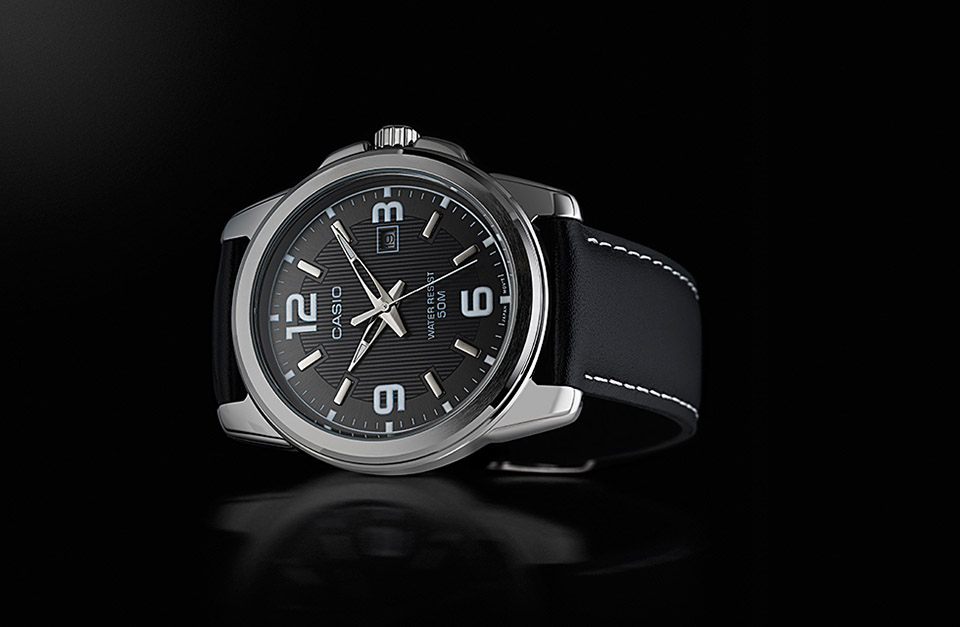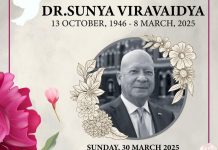
Sooner or later anyone with a known interest in photography will be asked to photograph something for a brochure or similar. This is a very specialized field of photography, and if you say, “Yes” to a prospective client (usually a family friend) then you have to come up with the goods.
As opposed to portraiture or weddings, you have to come up with images that will satisfy the client – and that can be very difficult, to almost near impossible at times.
This means that you have to really put in the hours of work, before you even pick up the camera. Just what does the client want? What is the emotion that the photograph will produce, to assist the client to sell the goods? It is no good producing a sterile, clinical shot if the client wants something warm and fuzzy.
If the client uses an Art Director, then that person’s job is to guide you in the direction that is needed, but it is more likely that there will be none as Art Directors don’t risk hiring unknown, amateur photographers!
So with no Art Director, get all friendly and cozy with the client. It is imperative that you know what he wants. You have to get into his mind, and remember he is paying the bills and as the old adage goes, “He who pays the piper calls the tune!”
But having said that, there are clients who ask the impossible. If you have one of these as prospective clients, then gracefully turn down the project, or you will find yourself paying for re-shoots, and if models are required, you are paying for their time too. You can make good money with advertising photography, but you can lose big money as well.
Having now understood what the client wants and expects, you now have to see the product you will photograph. It is amazing just how many clients will give you their product looking secondhand and not new. Jewelry with scratches on the items, clothing with creases, large objects that need two people to move it – the list goes on, but I am sure you can see the picture now. I was once asked to photograph a watch that had scratches on the case, where the client then claimed I caused them, and anyway I must have insurance. Where clothing is concerned, you will need an iron, guaranteed!
Next problem is where do you take these shots? Outside or in the studio? And you probably haven’t got a studio! This is where the photographer becomes an illusionist. When it is small objects to photograph then you can make a corner of a small room into a “studio”. A few sheets of Styrofoam to place around the items, tungsten lights from a hardware store to illuminate the items, some black velvet from your local Indian tailor and your studio is made. You will also need some blue gels to convert the tungsten lighting into a better Kelvin temperature.
If it is an outside shoot then you have to find the location, then you have to see how the sunlight direction will affect the shot, and at what time!
Now for the models, known in the business as the “talent”, who probably don’t have much talent as models, and an overinflated idea of their own worth as a photographic model. There’s much more to being a successful model than short shorts and a push-up bra. And in the situation where you are photographing an object, the model is to attract your eye to the object, not to the model’s cleavage. The ‘hero’ is the object, not the model.
Fortunately, with today’s digital cameras you can preview your shots instantly. This is the time to look at the shot with a very critical eye. Enlarge all areas and look for a stray hair, scratches, nasty shadows, wrong reflections, or anything that can take away the photo from what you are being paid to shoot.
When you feel you have the shots necessary then have them printed. Large. The client will not congratulate you squinting at the LCD on the back of your camera.
You are a commercial image-maker. All the best.





